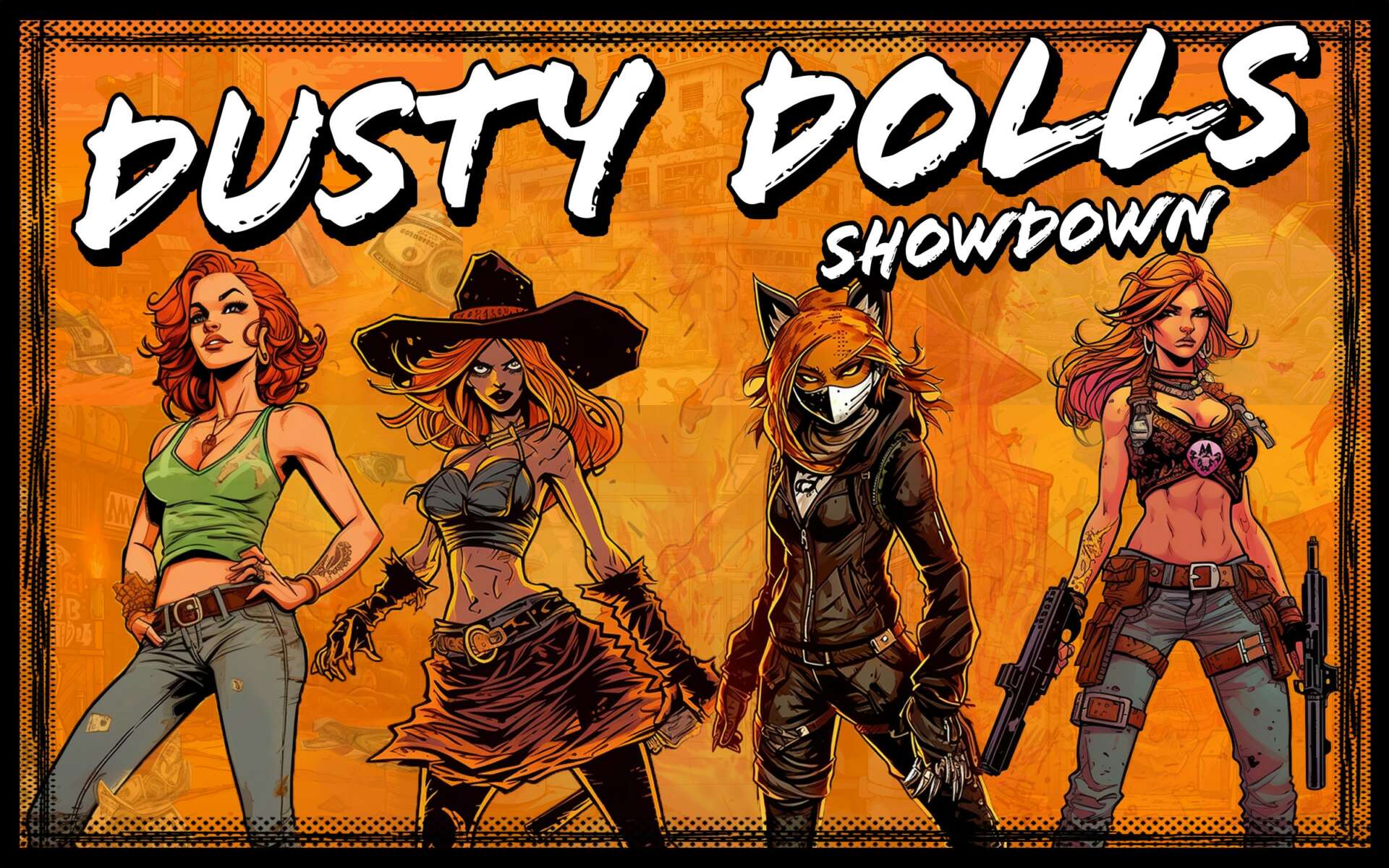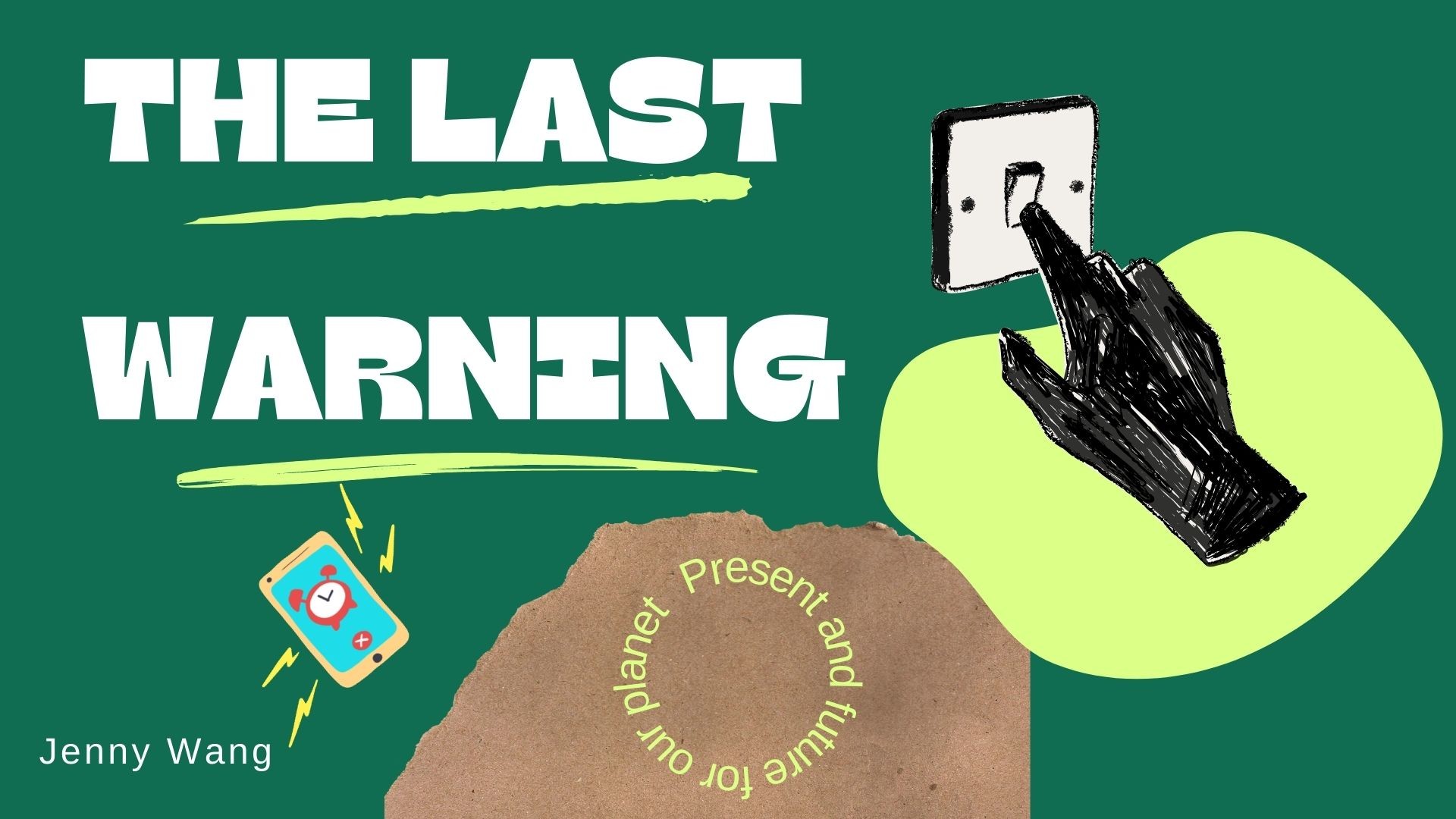Alright – so today we’ve got the honor of introducing you to Jenny Wang Yanzhi. We think you’ll enjoy our conversation, we’ve shared it below.
Jenny, looking forward to hearing all of your stories today. So, let’s start with trends – what are some of the largest or more impactful trends you are seeing in the industry?
One of the most prominent trends I’ve observed in my field is the growing intersectionality of education and games. This trend is captivating as it has the potential to revolutionize the way we learn and engage with critical societal issues. Game awards and festivals are increasingly featuring games designed for impact and social change, exemplifying a unique blend of entertainment and education.
Take, for instance, a game called “Beecarbonize,” which garnered several prestigious awards this year. The central theme of the game revolves around addressing the pressing issue of climate change. Through immersive gameplay and interactive experiences, players are not only entertained but also educated about the importance of environmental sustainability. This innovative approach to gaming not only captures the attention of players but also instills a sense of responsibility and awareness regarding climate change.
Another compelling example is the game “Gris.” Unlike Beecarbonize, Gris focuses on emotional well-being and comfort. It’s a game for impact that aims to elicit deep emotions and provide players with a space for introspection and healing. This trend showcases the versatility of interactive media, as it’s not limited to educating but can also provide emotional support and comfort.
As someone deeply involved in studying games for learning and designing for impact, I find this trend both exciting and challenging. The concern lies in the widespread misconception that education is primarily for children. However, the reality is that the fusion of education and games can benefit learners of all ages, including adults. It’s also an opportunity to apply andragogy principles to enhance the learning experiences of adults through engaging interactive media.
To fully embrace this trend, we must overcome the confusion that often arises when introducing the concept of using games as educational tools. We need to emphasize that this approach has the potential to enhance learning, promote social change, and address critical issues in a dynamic and engaging manner. The challenge lies in effectively bridging the gap between traditional education and innovative game-based learning methods.


As always, we appreciate you sharing your insights and we’ve got a few more questions for you, but before we get to all of that can you take a minute to introduce yourself and give our readers some of your back background and context?
I’m glad to. I leverage technology to design for impact and create meaningful experiences. This passion has driven me to become a dedicated designer committed to crafting human-centered designs that incorporate cognitive and learning theories, learning and game design principles. In addition to my design work, I have immersed myself in research, contributing articles that explore subjects like digital literacy and learning analytics. My overarching goal is to generate valuable insights for the field and facilitate the enhancement of learning experiences for individuals of all ages.
One of my proudest accomplishments is the development of “Super Rolling,” a rhythm-based game that ingeniously incorporates the Stroop effect as its core learning mechanism. This innovative game not only offers an enjoyable experience but also aids individuals in improving their cognitive abilities, making learning a fun and engaging process.
Beyond the digital realm, I’m also an enthusiastic tabletop gamer. I’ve designed and developed “Dusty Dolls: Showdown” with two other designers. Dusty Dolls is a tabletop game that seamlessly blends light strategy and elements of bluffing, providing an entertaining and challenging pastime for friends and family.
What sets me apart is my dedication to both digital and analog forms of learning and engagement, and my mission to create experiences that inspire growth, curiosity, and enjoyment in a world increasingly shaped by technology. I am constantly evolving, seeking to push the boundaries of what is possible, and I look forward to sharing my work and insights with potential clients who value innovative, impactful, and meaningful experiences.


What do you find most rewarding about being a creative?
The most rewarding aspect of being an artist and creative is the ability to transform imagination into tangible, meaningful expressions that connect with people on a profound level. It offers the freedom to evolve and experiment with different mediums while making a positive impact on others’ lives through your work.

What do you think is the goal or mission that drives your creative journey?
I am deeply committed to the idea that learning should never be perceived as a burden and that it should be a lifelong, enjoyable pursuit. I firmly believe that when individuals find learning uninteresting or tedious, it’s often due to poorly designed content. My goal is to leverage technology, learning theories, and design principles to create educational experiences that are engaging, interactive, and inspiring. I am driven by the mission to make learning a dynamic and enjoyable process for all, breaking down the barriers that can sometimes hinder the joy of acquiring knowledge.
I also believe in the power of harmonious integration of entertainment and education to create experiences that are both engaging and enlightening. I aim to create experiences that not only captivate and engage audiences but also impart knowledge, inspire curiosity, and provoke thought.

Contact Info:
- Website: https://www.jennywangyanzhi.com/
- Instagram: https://instagram.com/jennywang0331?igshid=NTc4MTIwNjQ2YQ==
- Linkedin: https://www.linkedin.com/in/jenny-yanzhi-wang/


